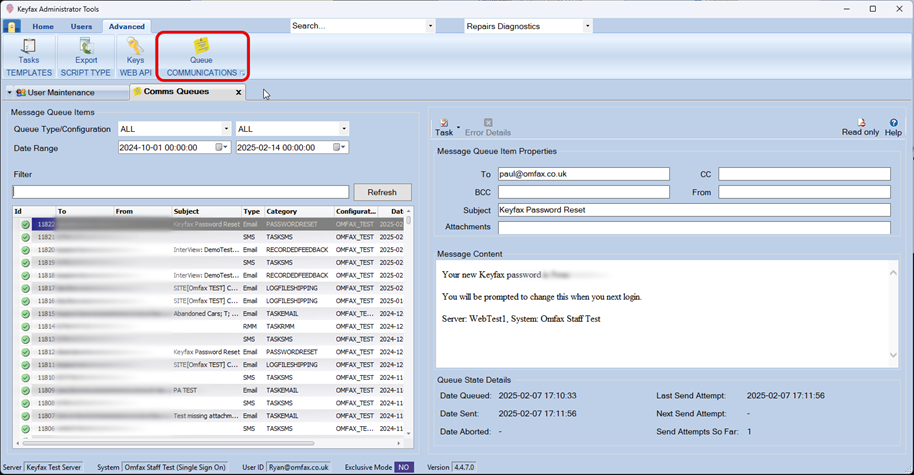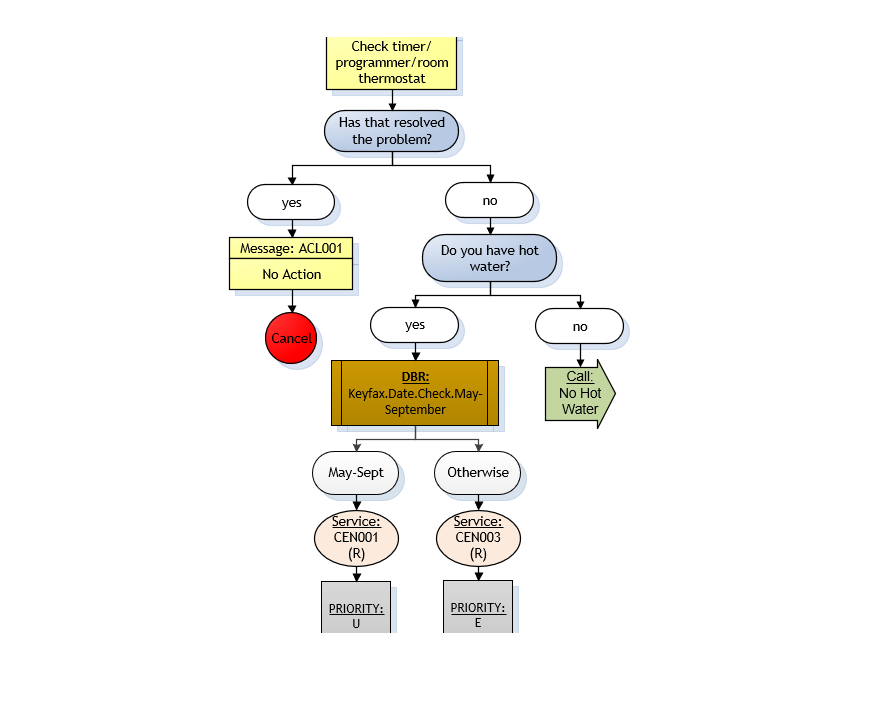
19 May, 2020
Are you on the SOR Merry-go-round?
Schedule of rates (SOR) codes, in one form or another, are a common part of the housing repairs sector. SOR codes ensure a job is scheduled to the right person, booked for the right amount of time and includes the correct materials. All of this adds up to a well costed and well-resourced repair. Well, that’s the idea.
In reality, SOR codes can be tricky little blighters, particularly if the people being asked to diagnose the repair are not subject matter experts (SMEs). If a resident reports a repair, they will either contact the customer services team directly or raise it themselves online.
Residents want the repair addressed quickly, efficiently and with minimal fuss. The landlord wants all of the above while keeping costs to a minimum. So, how is that achieved? Often, it’s not.
During my time working in the housing sector I’ve seen the frustrations caused when SOR codes are incorrect, and the different attempts made to fix what is seen as a broken process when trying to establish the correct SOR code for a repair.
Granted, there are some differences in the detail of these processes to establish the correct SOR code, but typically one of two approaches is taken:
- Diagnosis at first point of contact (FPOC), by customer services or the resident self-serving.
- On site diagnosis by a repair operative, FPOC confirming only trade, location and component. The SOR being chosen after seeing the problem.
This is the SOR merry-go-round that leads some organisations into switching between these two approaches over time.
Sometimes it takes years to ride all the way around from one to the other, but I’ve seen it happen within 18 months. The merry go-round analogy applies not only for the riders going around and around, but they go up and down too. On a high for the first few months, then efficiency and satisfaction goes down as the chosen approach starts to fail.
So, which is better for the landlord and the resident, FPOC diagnosis or SME visit/call back?
There’s Only One Way to Find Out
The first approach comes with the risk of having to follow up the appointment, or vary the order if it’s diagnosed incorrectly. Whereas the second approach can be an unaffordable drain on the valuable resources of the repairs team, as well as a potential delay for the resident. The latter also increases the chance of a follow up contact, impacting experience, first contact resolution or ‘first time fix’ KPIs.
Diagnosis at FPOC is my preferred approach; to me this is a no-brainer. The resident is here, willing to interact and, more often than not, they’re stood in front of the problem that needs addressing. It’s the perfect opportunity to try and coax out useful information to assist in the repair, instead of simply going in blind.
A perfect diagnosis won’t happen every time; we’re relying on a person who is not a repairs SME. We’re also relying on the resident supplying accurate and complete answers to a problem they may not understand. However, many have made a real success of diagnosing the problem when the resident first gets in touch. How?
By taking the knowledge from the SME and giving it to the front-line operatives and residents in a way that’s easy to understand.
This isn’t a new idea. It could be advice on a website or intranet, a knowledge base, e-learning support for staff or my personal favourite, a repairs diagnostic tool – a digital SME to bridge the gap between layman and expert. All of the organisations I’ve worked with use at least one of these and some use more than one.
However, there’s a big difference between using a diagnostics tool to help select the SOR, and using a diagnostics tool effectively.
When organisations approach Omfax, due to the nature of the product we offer, they want to attempt to improve FPOC diagnostics. A large proportion of our customers achieve this, but there are always some that don’t.
What Stops First Point of Contact Improvement?
For those that don’t manage to succeed, there are warning signs that quickly become apparent early on in the project and can result in moving away from FPOC diagnostics. So, I’m sharing, in the hope this is helpful for anyone stuck on the SOR merry-go-round.
The C words
If I walk into a project meeting and there are attendees present that don’t understand why they’re in the room, why the process needs to change or they are overly vocal with their scepticism, alarm bells start to ring.
Change. A resistance to change is expected, with many finding change uncomfortable. It’s how well that resistance is managed that can make or break a new approach. If you’ve been on the merry-go-round for a while, that resistance could be in part, due to a lack of trust that the change will achieve the desired results. It could be a misunderstanding about the need to change or an emotional connection to the old way of doing things, and that’s not trivial.
Seek out that resistance and address it, don’t ignore it.
Communicate. Involve everyone impacted. Members of all of the service areas involved must understand the new approach, why there is a need for change and how it will benefit them, their team members and your residents.
If they don’t believe in it, or worse, don’t know about it (honestly, it happens!) they may see their role in a project as an unnecessary addition to their busy work lives. You won’t be getting their best efforts.
Embrace the cliché
Don’t under resource for the project and trust your SME’s advice. The old cliché holds true:
“Short-term pain for long-term gain”
When I hear comments in a project meeting like this:
“Let’s just get this live and we can fix the detail later“
“We only have the SME for a few hours this morning but we can do the rest without them”
“It’s important but let’s come back to this after go-live”
Alarm bells start ringing again. Rushing your diagnostics, or assigning it to a ‘phase II’ that will never materialise, is a common mistake I see in those organisations riding the merry-go-round.
When it’s finished, it’s not really finished
We have organisations that communicate the change well, get buy-in from their teams and resource the project appropriately. The repairs processes and supporting information is mapped well and post go-live, the results are looking good. The project was a success and everyone is happy. But is it finished….?
The bulk of the work is done, but future change is guaranteed. It could be a repairs process, SOR codes, priorities or best practice advice. The supporting information the CS team and residents now rely on needs to change as well. If it doesn’t, it goes out of date and you’re back to square one.
Put a plan together to maintain your repairs diagnostics content, whether that is website content, staff training or maintaining a repairs diagnostics tool.
Clear ownership of the content is essential, a point of contact the person or team making a change can go to, and for those finding inaccuracies to feed back to.
Simple stuff, but that’s where most go wrong. With team buy-in, appropriate resource and a clear plan to keep your content up-to-date, successful FPOC diagnostics is achievable and can make a real improvement for staff and residents alike, and you can finally step off of that merry-go-round.







